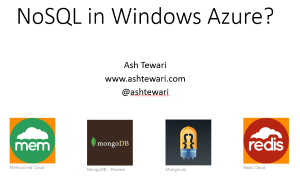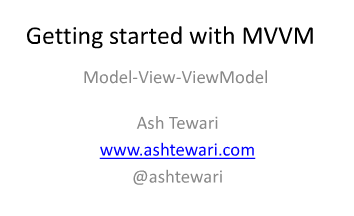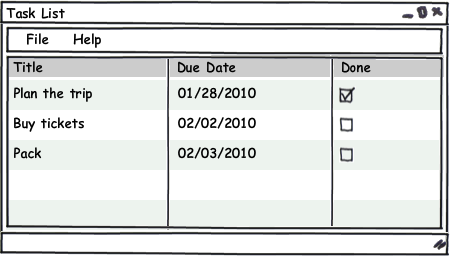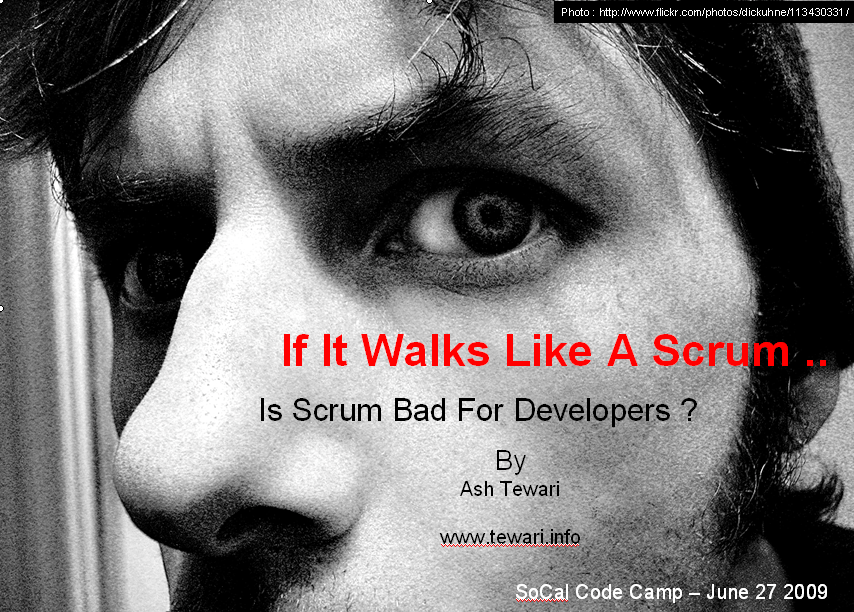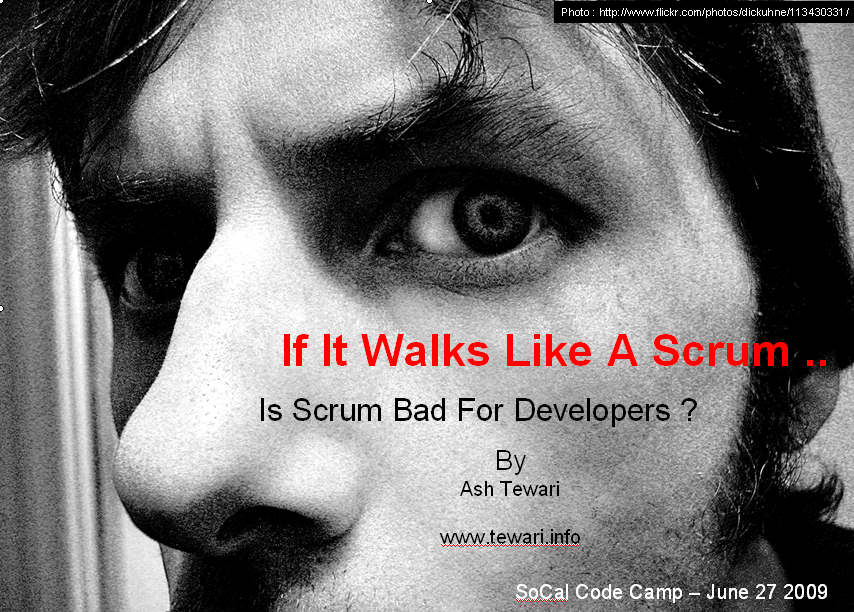What I learned while creating Bookshelf (open source RAG Application)
I had the opportunity to speak at the AllThingsOpen.ai 2025 Conference recently. It was a wonderful experience to learn from and share with so many amazing fellow presenters and attendees. All Things Open AI 2025 session recordings are available now.
I spoke about several key aspects of Retrieval-Augmented Generation (RAG) and vector databases. The main topics I addressed included The Core Concepts of RAG, Embedding Models vs. Inference Models, Handling Multiple Embeddings and various Optimizations Beyond Naive RAG such as chunking strategies, enrichment with metadata, auto-merging retriever, and reranking models. Finally, I touched on Local Execution and GPU Utilization.
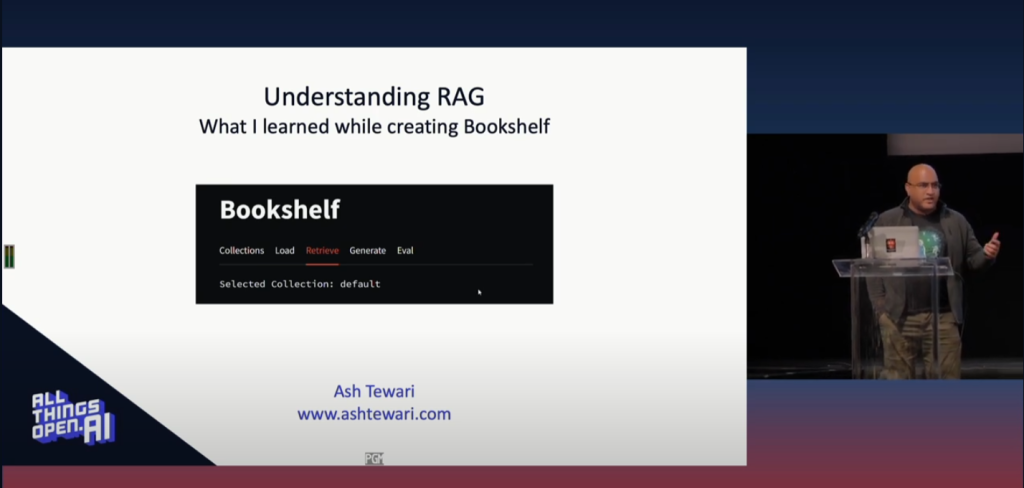
You can watch the recording here: YouTube – How I created Bookshelf: An Open Source AI-Powered Personal Knowledge Base – Ash Tewari
The slides can be downloaded from here: (Google Drive Link)
References and Links:
- AI Powered Bookshelf – Blog Post
- HuggingFace – MTEB Leaderboard
- PyTorch – Local Execution
- Medium – A Brief Introduction to Retrieval Augmented Generation(RAG)
- Microsoft – RAG Architecture
- Amazon – Retrieval Augmented Generation

